Introduction Signal conditioners play a vital role in modern industrial automation, ensuring that signal transmission between field devices and control systems is more accurate, stable and noise-free. Yokogawa ET5*C signal conditioners are high-performance products designed to improve signal integrity, accuracy and stability, especially for process control under complex working conditions. They can be seamlessly integrated into distributed control systems (DCS) and programmable logic controllers (PLCs) to effectively amplify, filter or convert input signals from sensors and transmitters to meet standard output requirements. With Yokogawa's many years of experience in industrial instrumentation, the ET5*C series provides excellent performance for industries such as oil and gas, power generation, chemicals and water treatment that require extremely high signal accuracy. Its rugged design, flexible configuration and diagnostic functions make it an ideal choice for high-precision data transmission. Main Features and Technical Advantages Yokogawa ET5*C signal conditioners are designed with advanced technology to ensure excellent performance and reliability. It supports a variety of signal types, including analog voltage, current loop (4-20 mA) and thermocouple signals, making it widely applicable to different industrial scenarios. Key technical highlights: High-precision processing: Advanced algorithms minimize measurement errors. Wide input range: Compatible with a variety of sensor types, such as RTD, thermocouple and voltage signals. Noise suppression: Built-in filters effectively remove electrical interference and background noise. Isolation protection: Electrical isolation between input, output and power circuit to avoid ground loop problems and improve safety. Compact design: Save space in the control cabinet. Temperature compensation: Stable signal output can be guaranteed even when the ambient temperature fluctuates. In addition, the ET5*C has a built-in self-diagnosis function that can detect signal channel anomalies in real time and shorten troubleshooting time. Its modular structure design facilitates installation, commissioning and replacement, reducing long-term operating costs. Cross-industry applications Due to its accuracy and applicability, Yokogawa ET5*C signal conditioners have been widely used in multiple industrial fields. 1.Oil and Gas: In upstream mining and downstream refining, ET5*C ensures accurate monitoring of temperature, pressure and flow signals, converts raw signals into standard outputs, and helps operators maintain the stability of key processes. 2.Chemical Industry: Chemical plants need to accurately control reaction temperature, ratio and pressure. The high accuracy and anti-interference ability of ET5*C provide reliable feedback for advanced process control (APC) to ensure safety and product quality. 3.Power Industry: In power plants, the device can adjust signals from turbines, boilers and generators to ensure sta...
Read More
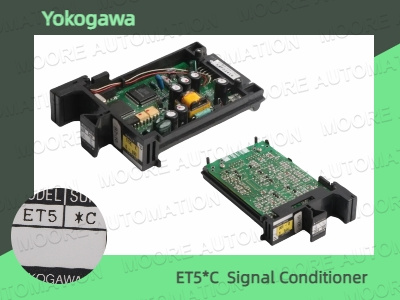
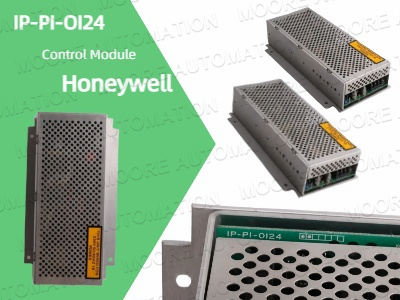
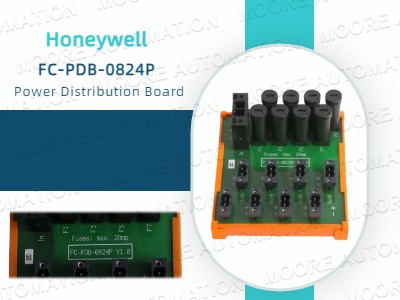
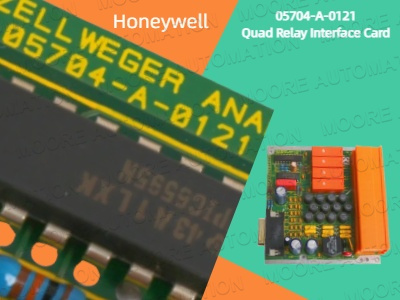

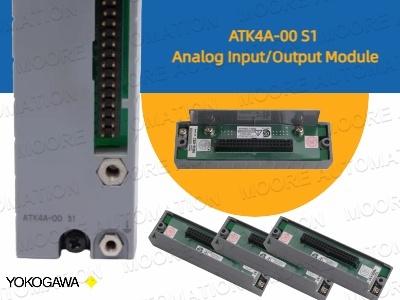
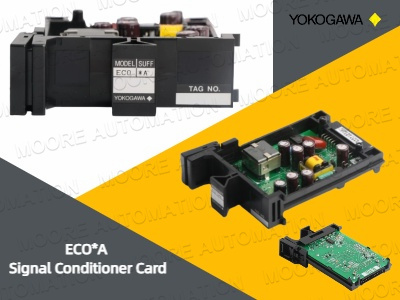
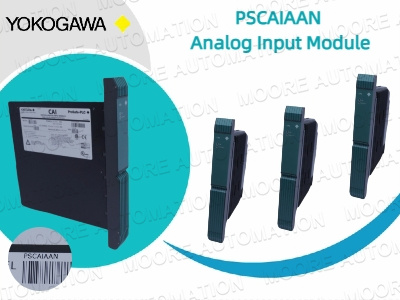
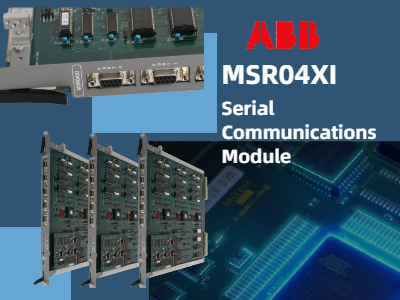
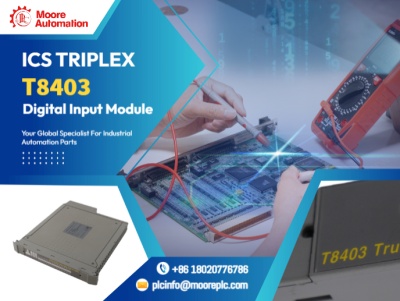














 IPv6 network supported
IPv6 network supported